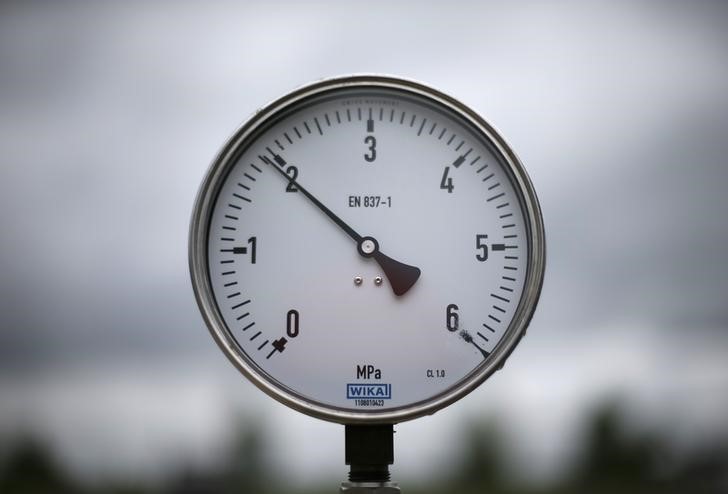[ad_1]
© Reuters. FILE PHOTO: Power lines are seen after winter weather caused electricity blackouts in Houston, Texas, U.S. February 17, 2021. REUTERS/Go Nakamura/File Photo
NEW YORK (Reuters) – The Texas electrical grid is still vulnerable to severe weather despite safeguards instituted after a deadly February 2021 deep freeze that brought widespread rotating power outages, the Dallas Federal Reserve said on Tuesday.
Since the freeze roughly two years ago, which brought sub-zero temperatures that caused key components of the state’s electrical system to fail, Texas has introduced new regulations, standards to weatherize its grid and made operational changes.
The Federal Reserve Bank of Dallas called for increased enforcement of those updated standards, more to incentives to boost thermal power generation and Texas’ so-called enhanced demand-response programs, which can include paying large power customers to curtail electricity use during peak demand.
The moves “would help ensure the power grid stands up to future demand growth and the challenges of extreme weather,” Garrett Golding, a senior business economist at the Dallas Fed, said in a note.
The state’s grid, which is primarily operated by Electric Reliability Council of Texas and overseen by the Public Utility Commision of Texas, avoided rolling blackouts during severe cold weather last month.
Still, some power plants and facilities failed during the recent winter storm, putting the electrical system at risk as demand surged to 73,000 megawatts, close to its record high set the 2021 freeze, the note said.
ERCOT and the Texas PUC were not immediately available for comment.
Natural gas production also dropped by about 25% during the December winter storm as wells froze in even though temperatures were roughly 10 degrees Fahrenheit warmer than February 2021 weather, the note said.
“The cold snap last month demonstrated that progress has been made, but it also exposed the remaining vulnerabilities as electricity demand increases and extreme weather becomes more common,” Golding wrote.
[ad_2]
Image and article originally from www.investing.com. Read the original article here.

